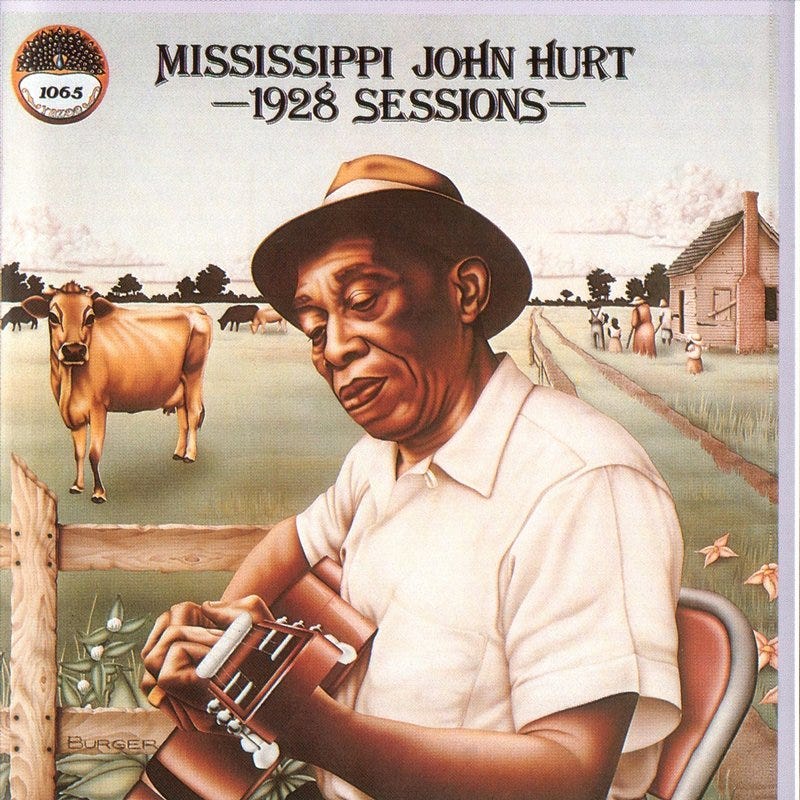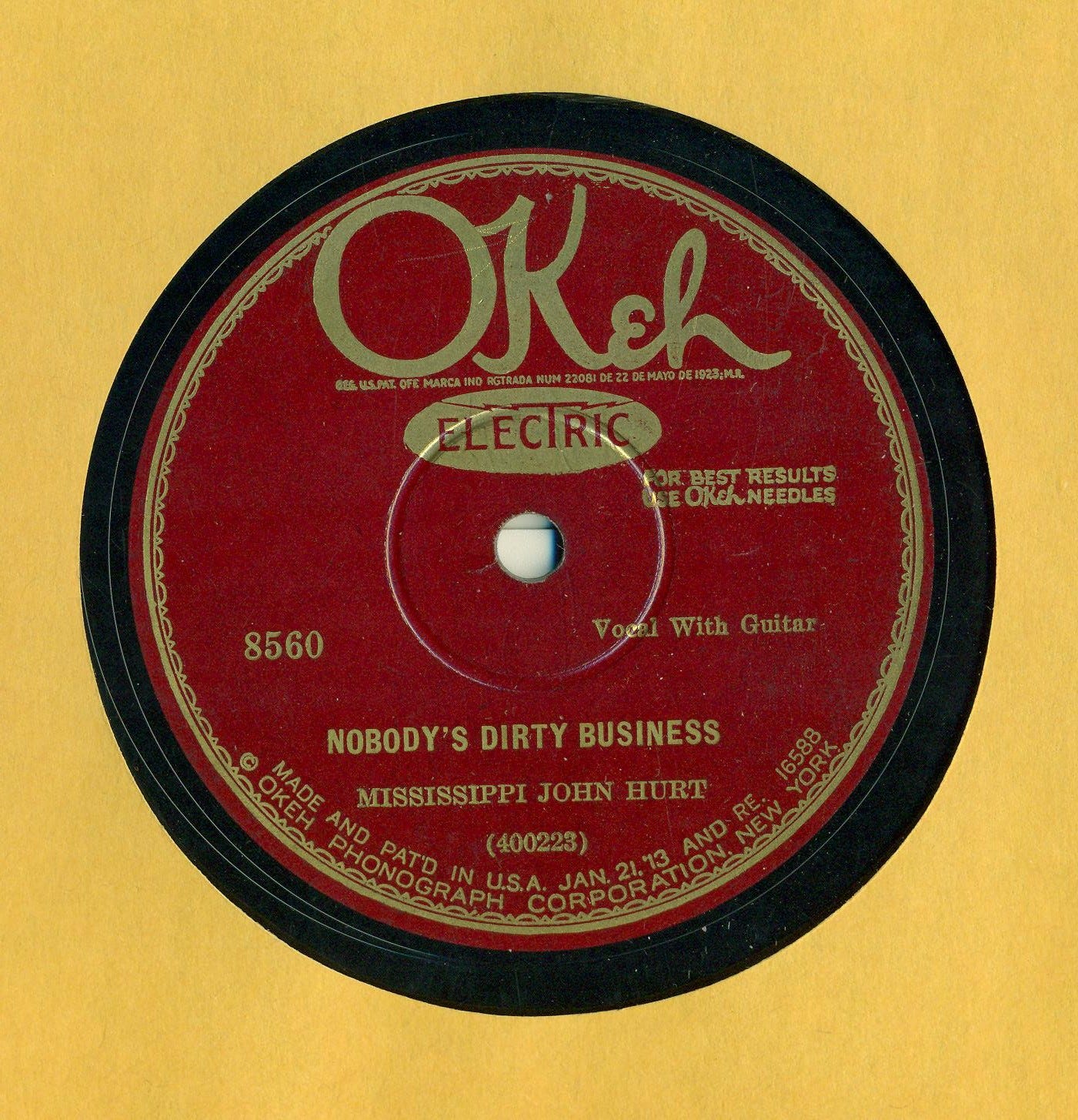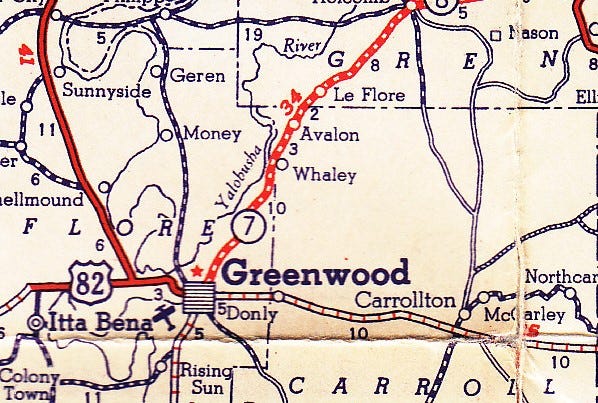Mississippi John Hurt: Beloved Bluesman and Songster
The Music, Life, and Times of a Fingerpicking Legend
Mississippi John Hurt had a gentle, guileless voice and a beautifully syncopated fingerpicking guitar style. After making a handful of 78s, he returned to rural Mississippi to farm, and then arose phoenix-like decades later, his considerable skills intact. Still fresh-sounding today, his inspiring recordings provide an aural passport to a bygone era of cakewalks and rags, ballads, and storytelling blues.
Hurt was 35 years old when he journeyed, guitar and business card in hand, from the Mississippi hill country to Memphis for his first recording session, on Valentine’s Day, 1928. The experience was not entirely pleasant. Hurt remembered going into “a great big hall with only the three of us in it – me, the man [OKeh recording director T.J. Rockwell], and the engineer. It was really something. I sat on a chair and they pushed the microphone right up close to my mouth and told me that I couldn’t move after they had found the right position. I had to keep my head absolutely still. Oh, I was nervous, and my neck was sore for days after.” Eight songs were cut that day, but only a single OKeh 78 was issued from the session, “Nobody’s Dirty Business” backed by “Frankie,” one of his songs in open tuning. Hurt was paid about $20 per song, a good fee for unproven talent. The original Columbia file cards for the matrixes described them as “old time music,” but this was later changed to “race.”
Hurt headed home and worked another season. Under his sharecropping arrangement, half of the corn and cotton he grew on 13 acres was turned over to the landowner. In November T.J. Rockwell wrote to him, inviting him to record again. Hurt’s December 21, 1928, session in New York City produced brilliant takes of “Ain’t No Tellin’” (essentially new words set to the “Make Me a Pallet on Your Floor” melody), the murder ballad “Louis Collins,” and “Avalon Blues,” set to a galloping rhythm. A week later, Hurt had his final prewar session, cutting three spirituals and five blues. Of all Hurt’s prewar sides, the one he composed his first day in New York City, “Avalon Blues,” proved to be the most important. More than three decades after its release, its lyrics led to his rediscovery:
“Avalon my hometown, always on my mind,
Avalon my home town, always on my mind,
Pretty mama’s in Avalon, want me there all the time”
During the 1920s, when its population was less than a hundred people, Avalon, Mississippi, was little more than a rail settlement on the edge of the Delta between Greenwood and Grenada. Born in nearby Teoc on March 8, 1893, John Smith Hurt spent most of his life living there in poverty. His mother, Mary Jane McCain, was born a slave, and John and his eight brothers and two sisters grew up without a father at home. Hurt made it through the fourth grade at St. James School, and then began laboring for Felix Healey, whom he described as “a colored man” who owned a place across the way from his.
Inspired by local musician William Henry Carson, John began teaching himself to play on a secondhand guitar his mother bought for him from a neighbor, Johnny Kent, for a dollar and a half. He described the guitar as being a “Black Annie” model. “I always tried to make my strings say just what I say,” he explained to Tom Hoskins in 1963. “I grab it and go my way with it. Use my melody with it.” Resting his right-hand ring and little fingers on the face of his guitar, Hurt thumbed mesmerizing alternating bass lines while his index and middle fingers picked lilting melodies.
Keep reading with a 7-day free trial
Subscribe to Talking Guitar ★ Jas Obrecht's Music Magazine to keep reading this post and get 7 days of free access to the full post archives.





